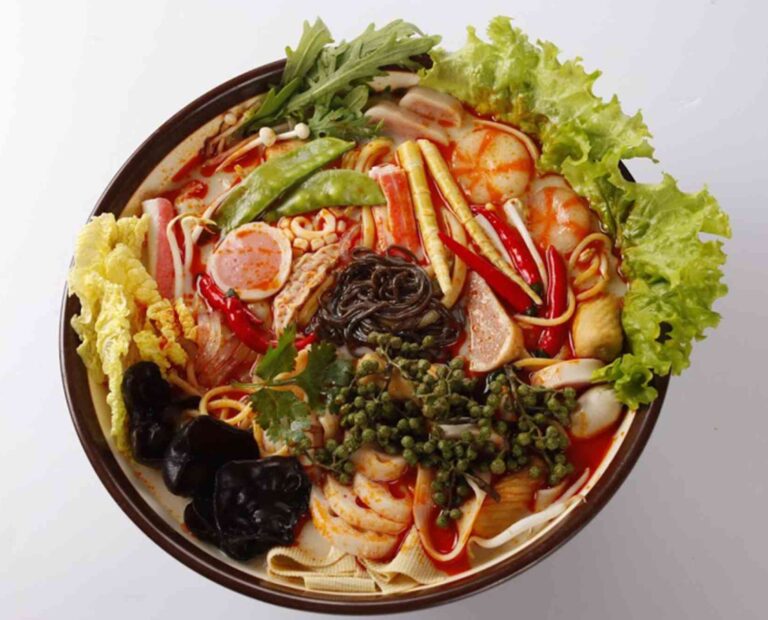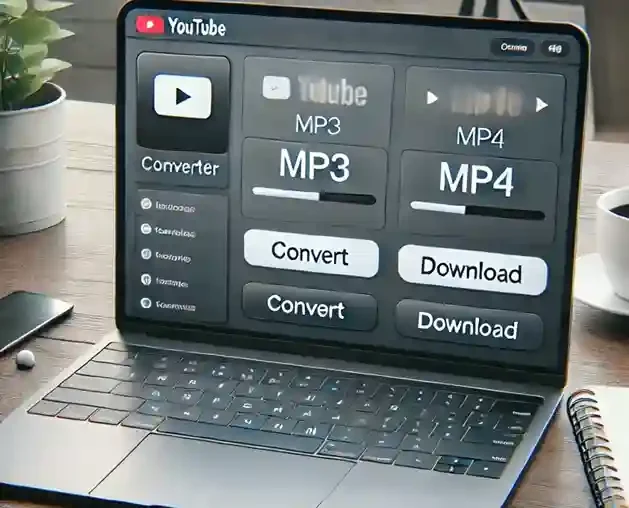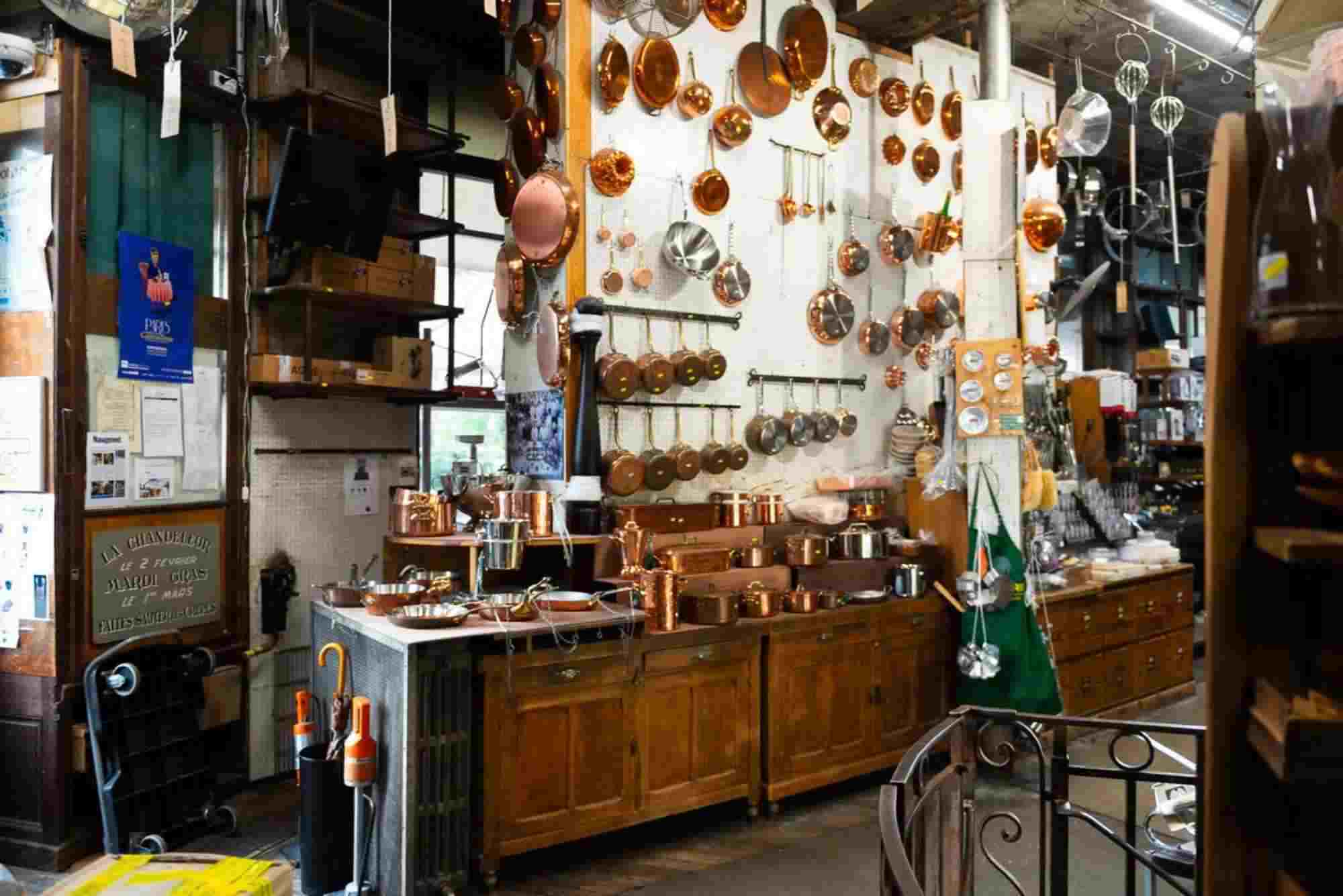What to Wear, Bring, and Plan: The Complete Guide for Stress-Free Outings
Planning a day out, weekend trip, or long vacation becomes much easier when you know what to wear, bring, and plan ahead of time. This focus keyword, what to wear bring and plan, matters because it covers the three essentials of any smooth experience: preparation, practicality, and comfort. Whether you are heading to a city, a nature spot, or an event, making the right choices helps you feel confident, comfortable, and ready for anything. This guide brings real, practical experience to help you prepare smartly without overpacking or stressing.
Why Knowing What to Wear, Bring, and Plan Matters
Outings often go wrong because of small things. Wearing the wrong outfit, forgetting a key item, or not planning your route can add unnecessary stress. When you understand what to wear bring and plan in different situations, you reduce last-minute decisions and enjoy your day fully. This guide helps you create a simple, reliable method so your preparation becomes smooth every time.
What to Wear Based on Weather and Setting
Dressing for Warm Weather
Choosing what to wear in warm weather should focus on places light fabrics and breathable layers. Natural fabrics like cotton and linen keep you cool throughout the day. It also helps to pick clothes with UV protection when spending time outdoors. Comfortable shoes matter even more because heat can cause swelling and discomfort. Sunglasses and a hat complete the outfit without adding weight. When you think about what to wear bring and plan, consider weather shifts such as evening breezes that may require a thin layer.
Dressing for Cold Weather
Cold weather requires insulation, but many people overpack or pick bulky clothes. The key is layering. A thermal base keeps warmth close, a mid-layer adds insulation, and a windproof outer layer protects against the elements. Choose gloves and a hat that match the level of cold you expect. Shoes with proper grip and warmth matter more than style in low temperatures. Dressing smartly ensures comfort throughout the day without feeling weighed down.
Dressing for Rain
Rainy days are predictable in many regions, so planning ahead saves you frustration. Waterproof outerwear is essential. Lightweight rain jackets work for casual trips, while heavier coats fit colder climates. Quick-dry clothing helps if you get splashed. Waterproof shoes or water-resistant sneakers prevent discomfort during long walks. Even in rain, choosing the right clothing makes the outing enjoyable instead of stressful.
Dressing for Events and Special Occasions
When preparing what to wear bring and plan for events, the setting dictates the style. Casual events allow soft fabrics and simple outfits. Formal events demand structured clothing and polished accessories. Comfort should remain your priority even in formal settings. Well-fitted shoes reduce fatigue, especially if you are standing for hours. A small, secure bag helps you carry essentials without distraction.
What to Bring for a Smooth, Comfortable Experience
Daily Essentials That Always Help
There are items that improve every trip, no matter where you go. A fully charged phone and a power bank ensure you stay connected and avoid stress. A small water bottle keeps you hydrated during long walks or waiting periods. Simple grooming items like tissues, sanitizer, and lip balm help you stay fresh. These essentials support any journey and require little space.
Bringing Items for Outdoor Activities
Outdoor trips need additional preparation. Sunscreen protects your skin even on cloudy days. Bug spray prevents discomfort in nature. A lightweight scarf or cloth can serve many purposes, from shade to warmth. If you are hiking, a compact first-aid kit provides peace of mind. Carrying only what you truly need keeps your backpack comfortable and manageable.
Bringing Items for City Trips
City outings often include walking, eating, and exploring. A foldable tote bag helps if you buy something on the go. Portable wipes are helpful for quick cleanups after street food or public transport. A notebook or notes app helps you remember spots you want to revisit. When you understand the rhythm of a city, you know what to wear bring and plan more accurately for your next visit.
Bringing Items for Long Travel
During long trips, comfort and organization matter more than ever. Packing cubes help keep clothes neat and easy to find. A neck pillow improves sleep on long flights or bus rides. Earplugs or noise-canceling headphones reduce stress in loud environments. Snacks like nuts or granola bars help when meals are delayed. Being prepared allows you to relax while traveling.
Bringing Items for Weather Changes
Weather can shift quickly, so having a light scarf, compact umbrella, or reusable poncho keeps you comfortable. A small towel or cloth helps in unexpected spills or humidity. These simple items help you remain prepared without carrying too much.
How to Plan Ahead for Any Trip or Day Out
Planning Your Route and Timing
Planning your route saves time and prevents confusion. Searching for peak hours, alternative routes, and parking options helps you avoid delays. Knowing travel times helps you choose what to wear bring and plan more accurately. You can dress lighter if your trip involves short walks or dress warmer if you expect long outdoor periods.
Planning for Food and Drink
Food is often overlooked during planning. Deciding where to eat prevents hunger and frustration. Checking menus or reviews helps you find something you enjoy without stress. Packing small snacks supports you when plans change. Staying hydrated keeps energy levels steady throughout the day.
Planning According to the Activity
Different activities require different planning. Museums, parks, and shopping areas all have unique needs. When you know indoors and outdoors are part of the plan, you dress in layers for flexibility. When walking long distances, you choose supportive shoes. When attending events, you plan arrival times and dress codes. This approach ensures every part of your day feels organized.
Planning for Emergencies
Emergencies rarely happen, but planning for them increases confidence. Saving local contacts or emergency numbers helps if you need assistance. Carrying a small amount of cash helps in cash-only areas. Knowing basic first aid supports you in unexpected situations. Preparation makes your experience smooth, even if something changes suddenly.
Planning for Comfort
Comfort planning includes everything from clothing choices to rest breaks. Choosing comfortable shoes prevents fatigue. Adding breaks between activities allows you to enjoy each moment without rushing. Choosing a versatile outfit helps you adapt to different environments. Comfort planning turns your trip into a relaxed and memorable experience.
Understanding what to wear bring and plan makes every outing smoother and more enjoyable. With the right clothing, smart essentials, and simple planning steps, you can stay confident and comfortable in any situation. Use this guide to create your own preparation style and make your days stress-free and memorable. If you want more practical guides, travel tips, or planning checklists, feel free to ask and I’ll create a personalized version for your next trip.
FAQs
What should I wear for a long day out?
Wear breathable layers, comfortable shoes, and weather-appropriate outerwear. Choose items that stay comfortable for many hours and adjust easily to temperature changes.
What should I bring on a day trip?
Bring a charged phone, water, snacks, wipes, a small bag, and any weather-specific items like sunscreen or a compact umbrella. These essentials keep you prepared for most situations.
How do I plan my outfit for different weather?
Check a reliable forecast and plan layers. Light fabrics work for warm days while insulated layers suit cold weather. Rain requires waterproof items and quick-dry clothing.
How do I prepare for unexpected weather changes?
Carry a light scarf, compact umbrella, or poncho. Choose shoes that stay comfortable in both dry and wet conditions. Bring a thin outer layer that fits in your bag.
How do I know what to pack for a short trip?
Focus on multi-use clothing, essentials, and items that match your activities. Packing light helps you stay organized and enjoy your trip without extra luggage.










